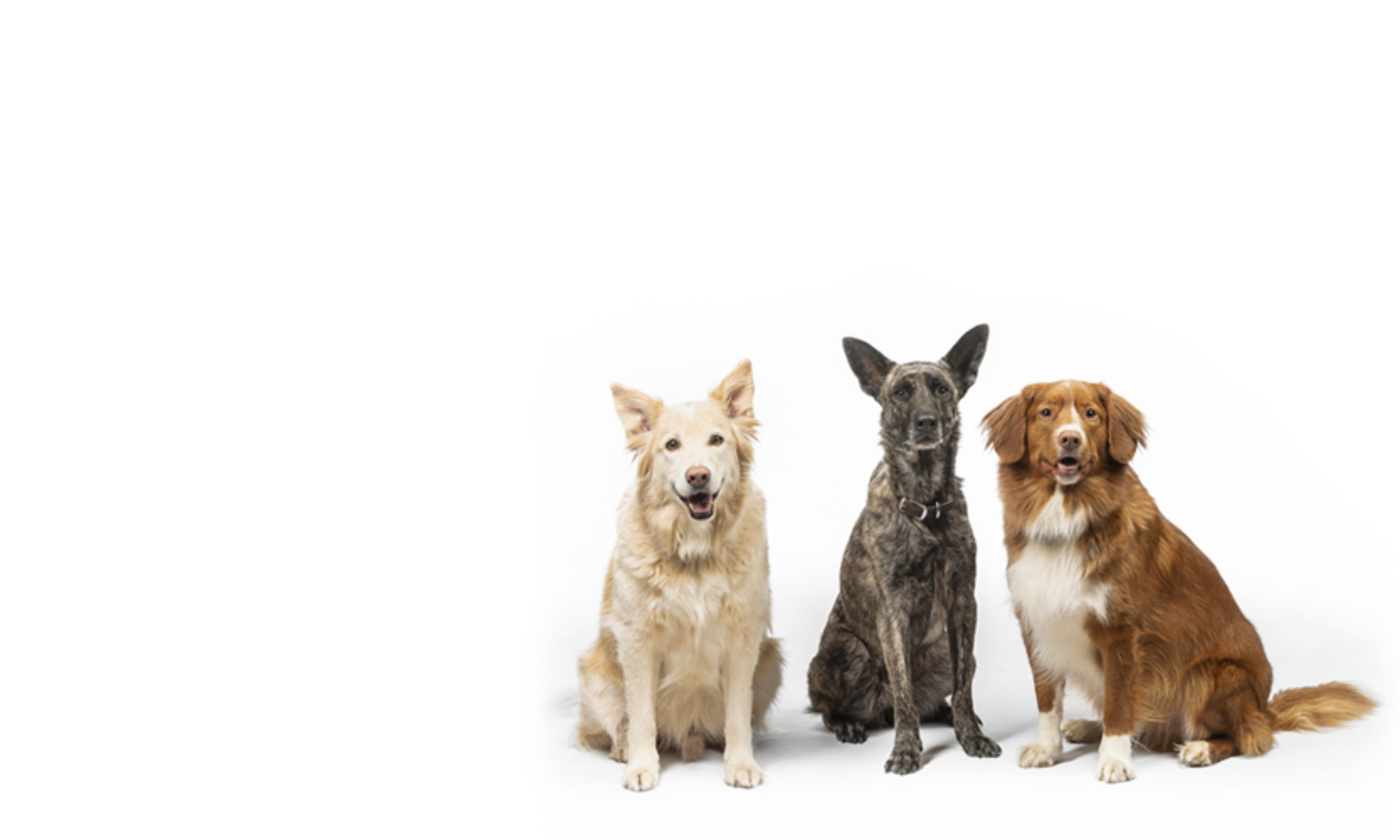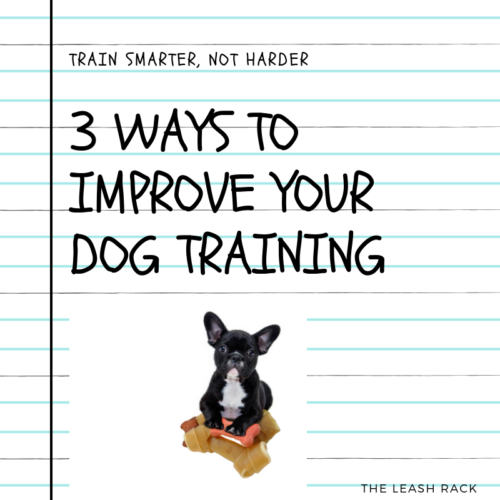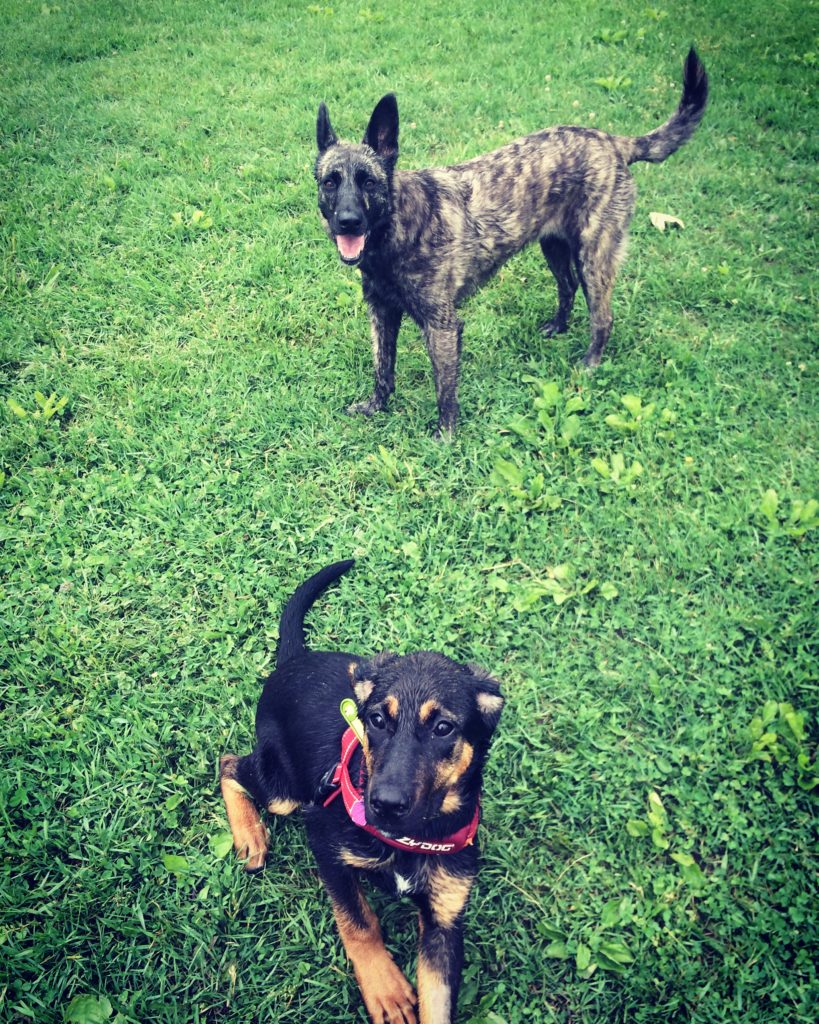Bringing home a new dog, regardless of its age is a very exciting time until it comes to bed time!
With new puppies, owners often face that dreaded first night together where a puppy may cry or bark when isolated from their family.
With an older dog, it is tempting to leave them out solo to test the waters – an adult dog can’t cause too much havoc, right? Sometimes this backfires and you end up waking up to quite the mess.
So regardless of your dogs age, you face the same questions that first night with your new companion.
- How do we get your dog to settle through the night?
- How do we lessen the pet guilt we feel over doing it?
- Do we let them cry it out, or let them sleep with us just this once?
For starters, its important to understand that crates can offer both safety and comfort to dogs, so there is absolutely nothing wrong with using one. Safety is important for young dogs or dogs who are generally destructive, and comfort can be taken from the crate as it serves its purpose; a bedroom for your dog. Most dogs crave a den like atmosphere and quiet space naturally when winding down, however as they build their bond with their humans they also want to be close to us. Crate training is thus often made to be the ‘barrier’ for dogs and their humans and this can cause distress and anxiety when they are being forced in there away from their people.
On that first night with your new dog, be sure to set up their sleeping pen or crate in your room. At least for the first few nights, they should be reassured of your presence. In the long term, having your dog crated elsewhere is absolutely possible and in most cases preferable, but those first few nights with new puppy are not the time to test it out. We have to remember that not only is this a big change for you and your family, but for your dog as well. It is likely the first time your puppy has been without it’s mother and siblings, and for older dogs it is likely the first time they have been in a home or have been outside of their foster home. It can be distressing. So set up a cozy area next to your bed, and make the environment comfortable by adding items your breeder or foster home sent home with you and that smell like their previous home.
Once you are ready for quiet time, lure your dog inside of their crate or pen and feed them a few extra treats in there as you close the door. If it is a wired crate, you can continue feeding through the wires. If it is a mesh or fabric crate, you can keep the sides opened up to reach in and feed them. Don’t wander too far, and plan to stay in that room and head to bed with them.

This is where you may hit a road block. Most dogs do not have an issue with a closed in space; its our absence that we need to start training for. This is why you will remain in the room, close by. Ideally your crate should be so close to your bed that your arm can reach out and touch it. Plan to reassure your puppy and wake up through the night to let them out to potty, but this is what makes this sleep training trick that much easier! You are right there for them to let you know they need to go, and to comfort them easily back to sleep, avoiding a crazy and playful puppy at 3am. You simply lure them back inside, close the door and are within arms reach if they need you.
Its pretty similar to the child who has nightmares and opts to sleep with their parents – eventually that goal is for the child to sleep solo, but there is nothing wrong with offering comfort while they adjust to their new reality.
DAY TIME CRATE TRAINING
During the day is when you can make some headway on crate training appropriately. First, starting with duration (how long can your dog hang out in there quietly?) before adding distance (how far can you go from the crate before your dog panics?)
Examples of scenarios when you can practice these sessions include
- when you are cooking, move your crate towards the kitchen and have your dog hang out in there while you are in view. You can toss a few rewards for calmness or offer a frozen kong to occupy them, but otherwise she is learning to relax , confined, in your presence
- if you are tidying up the house or a particular room, placing your dog in her crate while you move around the room casually can help start to build some tolerance for your absence. You can reward her calm behaviour as you move about too!
If you work from home, this set up is easy to implement in your routine but if you don’t we recommend having friends come and help you out with your new pup for pee breaks or hire a dog walking service to keep routines consistent for you. Regardless of your work routine however, crate training should be happening outside of the hours where you leave your dog alone. This is especially true if your dog dislikes it from the get go or needs more motivation to enter it. Training should be done on weekends or evenings.
Surviving that first night is something to be proud of! Rest assured most dogs settle into their new routines quickly and without fuss, but setting them up for success by slowly moving them away from your bedroom will get you on the right path faster and with less trauma (on both ends of the leash).
Need some visuals of what a training scenario may look like? Check out our video!





